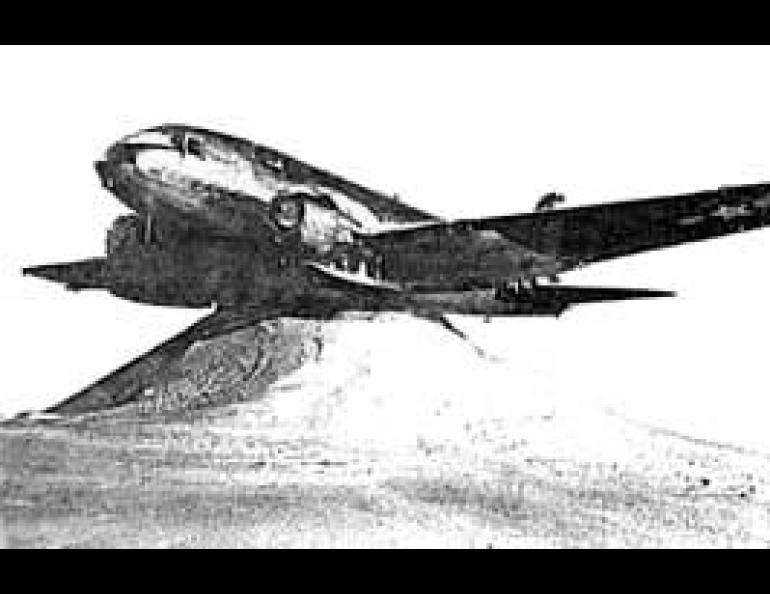

Cold Places
In Fairbanks, normal winter low temperatures are about -20°F, and in Anchorage they are about +5°F. The lowest recorded temperatures at both places are, of course, considerably lower than that, reaching -66°F at Fairbanks and -38° at Anchorage.
To Alaskans, cold, ice and snow are nothing new. Sometimes it is difficult to imagine that there are even colder places elsewhere on earth, but there are. Alaska really has quite a mild and balmy winter climate compared with some other
One would intuitively think the two poles two should be the lower temperatures places, that the closer one gets to them the lower it gets, but this is not so. In the north polar regions, the coldest place is not at the North Pole but near Verkhoyansk in Siberia where the lowest recorded temperature is -94°F. Extreme cold is experienced here because Verkhoyansk lies in the middle of a large land mass which can cool in winter much more than the Arctic Ocean where the North Pole is located. It can also heat up much more in summer than the ocean can. As a consequence, temperatures can fluctuate from +98°F to -94°F, the greatest yearly range experienced anywhere on earth. In meteorological terms the climate of Verkhoyansk is referred to as continental, while the North Pole climate is considered to be maritime despite the sea ice that covers the Arctic Ocean. Similarly, Fairbanks' climate is classified as continental while that of Anchorage and Juneau is maritime.
In Antarctica, the South Pole lies at an altitude of 9,000 feet on an almost two-mile-thick ice cover. Its annual mean temperature is about -60°F. The coldest place in Antarctica is not at the pole, however, but at the Soviet station of Vostok, 600 miles north of the pole at the top of the 12,000-foot-high ice dome, where a record low of -127°F was recorded (the annual mean temperature there is -70°F). Since temperature decreases with altitude in the lower atmosphere, the difference in elevation between Vostok and the pole largely explains these temperature differences.
However, the primary reason for the wide difference in temperature between the north and south polar regions is related to factors other than elevation. The area around the North Pole consists of a relatively thin layer of sea ice (about 10 feet thick) floating on a large, relatively warm water mass at 29°F (sea water freezes at 29°F). The water provides enough heat to keep the average winter temperatures near -40°F. In summer the sun provides additional heat, so that there is melting at the bottom and top of the ice. On the Antarctic high plateau, on the other hand, no similar warm water mass exists to provide heat, and summer temperatures never rise above freezing. Average summer temperatures are, in fact, as low as -25°F; in winter, as stated, they drop lower than anywhere else on earth.
The difference in temperature regimes of the two polar regions is well illustrated by the two photographs of downed aircraft.
Over the years the ice surrounding the aircraft has melted, except for that beneath the fuselage where the body and wings of the aircraft have shielded it from the sun's rays.
As winter approaches again, we can at least take comfort in the fact that Alaska is not the coldest place on earth, although to many of us it may often seem to be.





